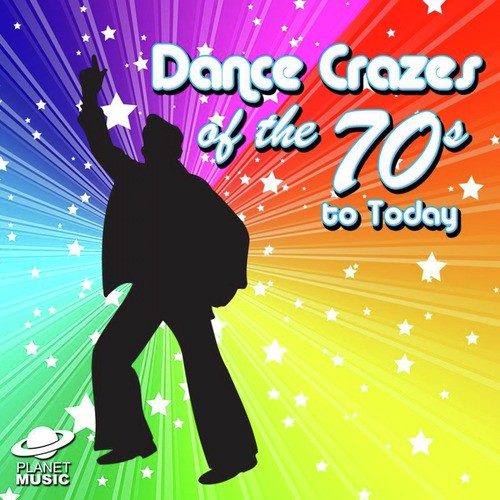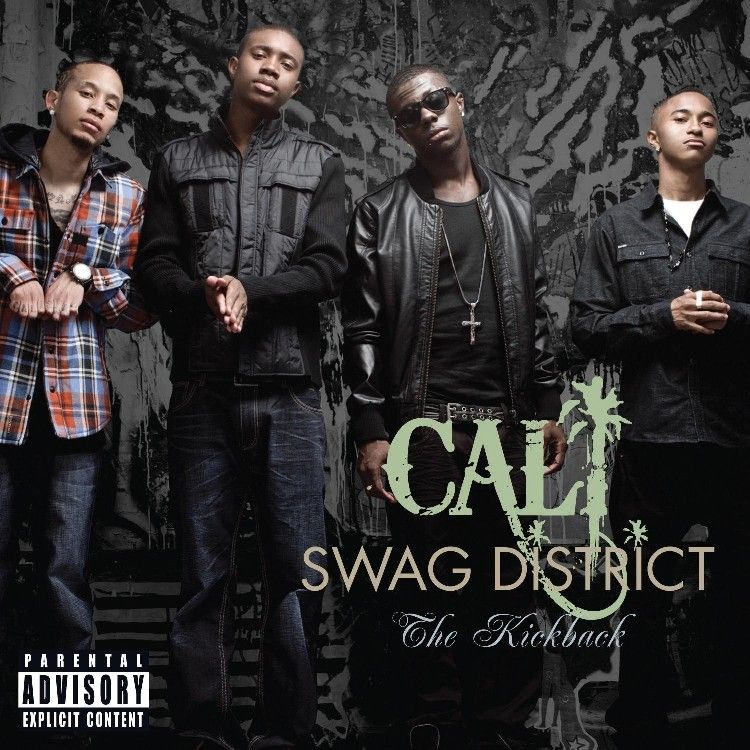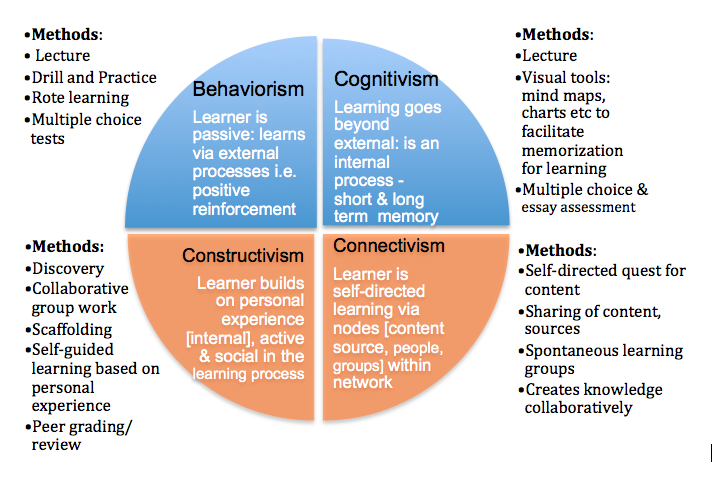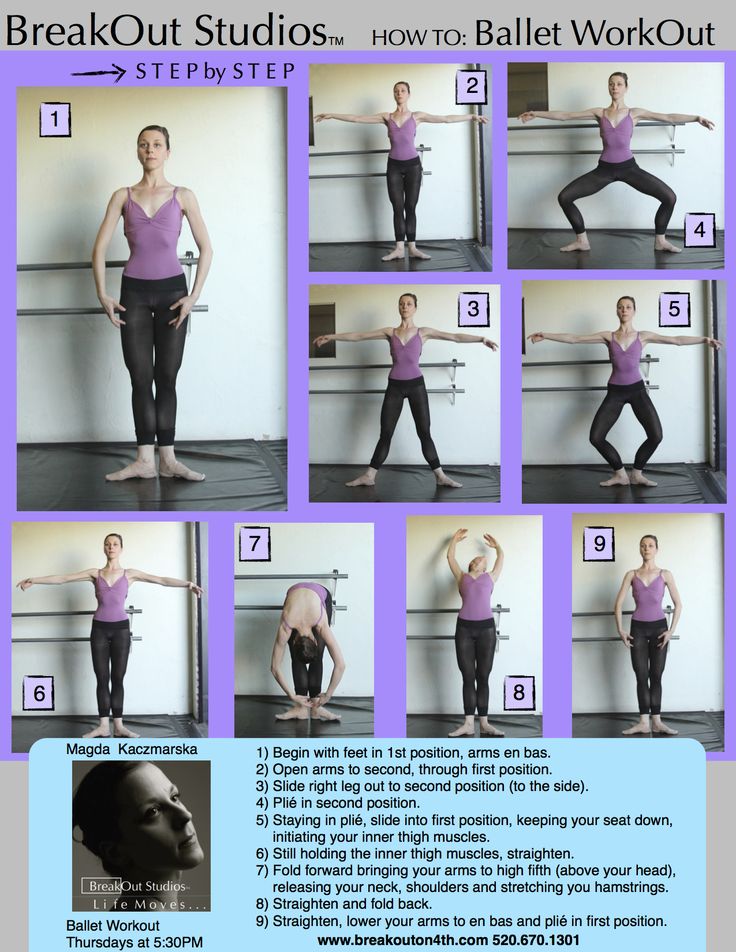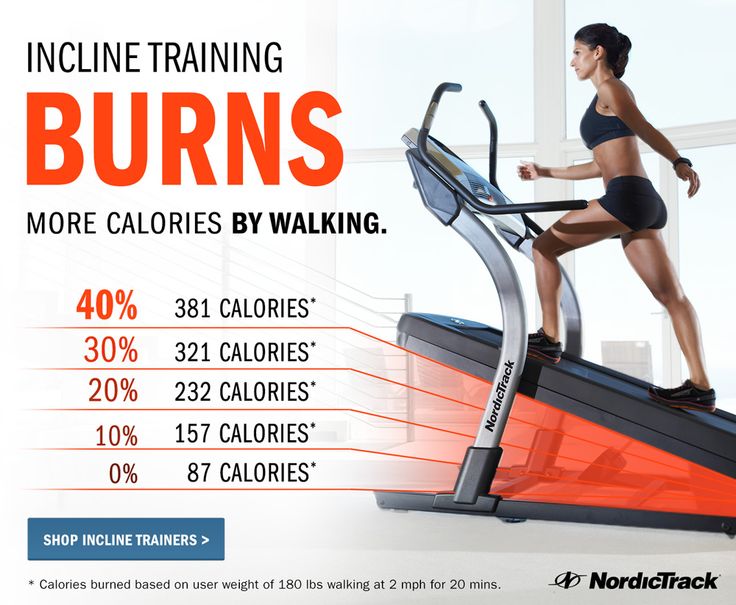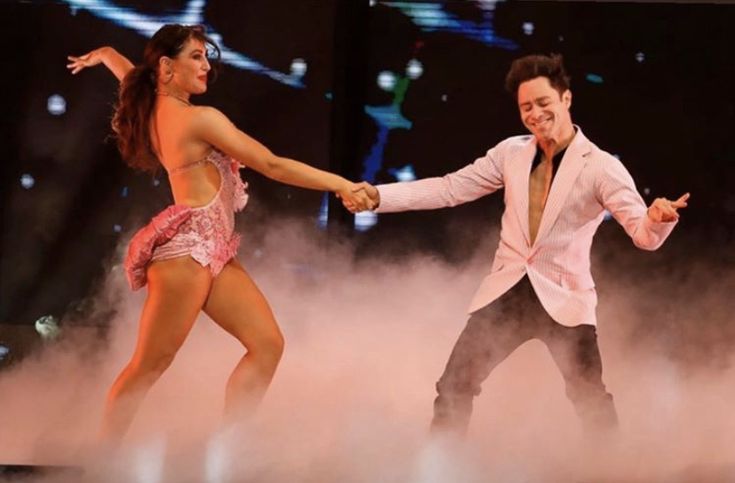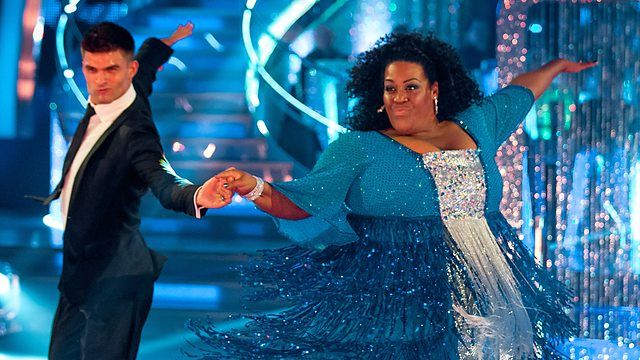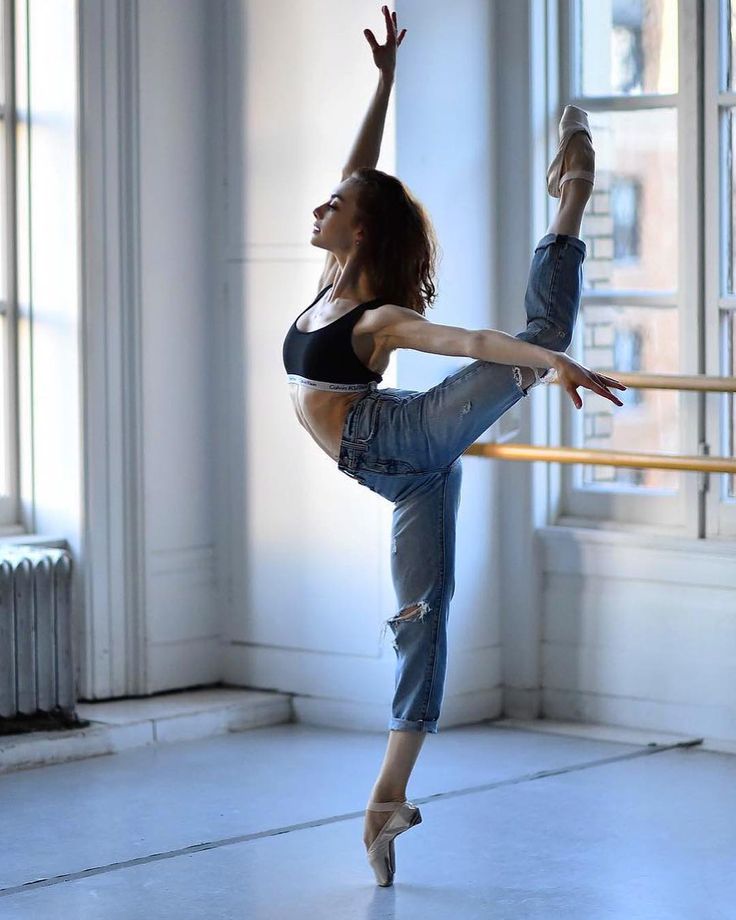How to be a good dance teacher
Practical advice for getting the best out of your students — A Dancer's Life
Student Teacher Daisy Oldland from the Jayne A Coleman Academy of Dance wears the Atelier Collection
Teaching dance is one of the most fulfilling, worthwhile jobs you can do, but it is also one of the most demanding. Aside from the long, unconventional hours and the physical aspect of the job, it can be difficult to know how to approach your lessons to get the best out of your students, particularly when presented with a class of mixed abilities or ages. Ultimately, seeing your pupils reach their potential, grow and develop as dancers, and achieve their goals is the greatest reward, but how do you get to that point? We spoke with Jayne Coleman, principal of the award-winning Jayne A Coleman Academy of Dance in the UK, and student teacher Daisy Oldland, who is currently taking her RAD teaching qualifications. They offer some practical advice on getting the best out of your students.
1. Tailor your classes
When you are teaching dance, it is vital that you are aware of each student's needs. Never approach a class by just going through the motions. "You have to work individually, it’s tailor made to the child, because not everyone is blessed with great feet, or perfect turn out, or great lines," Jayne says. "You work to each child’s strengths; for example, if I have a student who is brand new, rather than make them feel like I'm constantly correcting them, I just let them find their feet for the first couple of weeks," she says. "I tend to focus on existing pupils and ensure that every one of them, regardless of whether they attend several classes or just one class, has my time within the class helping them to realise their potential." Daisy also believes tailoring your teaching to the individual needs of the students is crucial. "I think you have to cater for everyone," she says, "so if I was doing a training exercise for something, in preparation for a set exercise, I would say ensure that they execute it at their own ability, and assist them where necessary. I encourage students who have a little bit more strength and understanding of what is required of them to progress it," she explains. "With the students who don't have as much core strength or turnout ability, you would perhaps do exercises at the barre as opposed to in the centre, and slowly bring them into the centre, whereas the other students may start in the centre. So you have to work accordingly."
I encourage students who have a little bit more strength and understanding of what is required of them to progress it," she explains. "With the students who don't have as much core strength or turnout ability, you would perhaps do exercises at the barre as opposed to in the centre, and slowly bring them into the centre, whereas the other students may start in the centre. So you have to work accordingly."
2. Pace your classes
Ensuring that your class is paced appropriately can make a huge difference to how the information you present is absorbed. "On the one hand, you’ve got to work slowly," Jayne says, "you’ve got to work technically, especially when you have a mixed ability class, working methodically to allow all levels to understand the requirements. But then, a slow pace can be boring," she says, "so then you’ve got to let the class go for a bit. You might choose a less technical exercise to teach next, to allow freedom of expression and to keep the pace of the class moving. " This ebb and flow allows you to hone in on certain exercises to improve technique, without losing your students' interest. "I think it’s important overall to keep the class fairly fast-paced," Daisy agrees. "Not too fast that they can't keep up, but to hold their attention. If it’s a slow-paced class then it allows them to switch off," she says.
" This ebb and flow allows you to hone in on certain exercises to improve technique, without losing your students' interest. "I think it’s important overall to keep the class fairly fast-paced," Daisy agrees. "Not too fast that they can't keep up, but to hold their attention. If it’s a slow-paced class then it allows them to switch off," she says.
Daisy demonstrates at the barre, wearing the Zara Extended Mesh Legging and the Aubrey Knot Long Sleeve Tee from the Atelier Collection
3. Use teaching tools
Make the most of the resources and teaching tools available to you. Lesson planning can be a helpful way to ensure you cover everything you need to, especially for less experienced teachers. Daisy uses the RAD framework and the progressions and analysis she has learnt through her teacher training as a basis for planning her lessons. "I think it really makes you think about the structure, so for example if I was going to do a pirouette exercise in the centre, I wouldn’t necessarily do the adage at the barre or a rond je jambs at the barre, I would do the progressions," she explains. "So I would do the battement tendu, the battement glissé, the battement frappé, the petit battement, because it’s progression for your centre work." This kind of framework gives you a chance to focus on technique and giving your students a rounded understanding of what is required of them. Once you become more experienced as a teacher, you will find that you won't necessarily require a lesson plan, as it will happen intuitively. Jayne also recommends using video as a teaching tool at times. "It's a brilliant tool for me," she says, "because a pupil can see their correction and is more accepting, immediately looking to correct and improve. It ups their game, because they can then see the improvement and feel positive about it."
"So I would do the battement tendu, the battement glissé, the battement frappé, the petit battement, because it’s progression for your centre work." This kind of framework gives you a chance to focus on technique and giving your students a rounded understanding of what is required of them. Once you become more experienced as a teacher, you will find that you won't necessarily require a lesson plan, as it will happen intuitively. Jayne also recommends using video as a teaching tool at times. "It's a brilliant tool for me," she says, "because a pupil can see their correction and is more accepting, immediately looking to correct and improve. It ups their game, because they can then see the improvement and feel positive about it."
Daisy wears the Aubrey Knot Long Sleeve Tee from the Atelier Collection
4. Balance honest feedback with genuine praise
Whilst it is important to maintain a positive and encouraging environment for your students to learn in, giving honest, constructive feedback will give them the best chance of success. "You’ve got to be honest," Jayne says firmly, "so when you do say something is good, you mean it." Your students might experience frustration with areas that they find difficult, but approaching this in the right way will make a huge difference. "I find that my students are quite responsive to corrections," Daisy says, "because you explain everything in a way that they can see the benefits of it, as opposed to thinking of it as a negative. You approach it in a constructive way, 'this is really going to help you, let’s start it at the barre and then bring it into the centre,'" she says. "You turn it into a positive." It is also important to tell them when they need to improve, and why. "When they’re three years old, of course everything they do is great, and everything must be positive," Jayne says, "but there needs to be some realism at some point, 'no that wasn’t quite up to speed, you weren’t pointing your toes,'" she explains. "As long as you finish each lesson positively, I think they are so much better off working to their absolute best and getting that seal of approval by way of an exam result or simply by a teacher saying 'you were fabulous today'.
"You’ve got to be honest," Jayne says firmly, "so when you do say something is good, you mean it." Your students might experience frustration with areas that they find difficult, but approaching this in the right way will make a huge difference. "I find that my students are quite responsive to corrections," Daisy says, "because you explain everything in a way that they can see the benefits of it, as opposed to thinking of it as a negative. You approach it in a constructive way, 'this is really going to help you, let’s start it at the barre and then bring it into the centre,'" she says. "You turn it into a positive." It is also important to tell them when they need to improve, and why. "When they’re three years old, of course everything they do is great, and everything must be positive," Jayne says, "but there needs to be some realism at some point, 'no that wasn’t quite up to speed, you weren’t pointing your toes,'" she explains. "As long as you finish each lesson positively, I think they are so much better off working to their absolute best and getting that seal of approval by way of an exam result or simply by a teacher saying 'you were fabulous today'. Success, achievement, that's a life skill," she says, "it gives them self-belief, they move forward knowing that they have achieved. Yes it was hard work, but they see what they can achieve with hard work - that has got to be so good for their self-esteem."
Success, achievement, that's a life skill," she says, "it gives them self-belief, they move forward knowing that they have achieved. Yes it was hard work, but they see what they can achieve with hard work - that has got to be so good for their self-esteem."
5. Give them something to work towards
Whether it's a concert, exam, or watching week with their parents, giving your students something to aim for can be a great motivator. "One way that I get my pupils to achieve is to constantly give them something to work towards," Jayne says. "Exams are hard work and essential to progression, and they motivate a pupil to want more. The catalyst is when they pass their exam, they get their exam result and take it into school assembly." Not every pupil will necessarily do exams, but concerts or shows involving the entire school give everyone a chance to work towards a shared goal. "I think you’re always trying to get more out of them, and you encourage them as much as possible to dance to their full potential," Daisy says. Giving them an opportunity to perform for their family and friends gives your students a tangible reward for their hard work, and a space for their potential to be realised.
Giving them an opportunity to perform for their family and friends gives your students a tangible reward for their hard work, and a space for their potential to be realised.
6. Teach from the heart
If you want to be a successful dance teacher, you have to care about what you do. "You’ve got to love it," says Jayne. "There's two sides to it, because if you want success from a financial perspective, you can have the most amazingly large school, but you may have to accept it might not be the best standard," she explains. "For me success is not about the money. Of course it has to pay the bills, but you’ve got to love what you do," she says. "If you want successful pupils and a high standard I don’t think you can think of it as that hourly teaching," she says. "I build a relationship with my pupils, so I always want to make sure I give them my time as needed, which at times can be seven days a week," she says. " You’ve got to teach from the heart and you have to go and do your homework, you have to come in to the studio and have the energy to deliver so your pupils give you the energy back. Success to me is based on reputation and producing a certain calibre of dancer," Jayne says. "This also brings in people through the door for the right reasons and I do feel I have a balance."
Success to me is based on reputation and producing a certain calibre of dancer," Jayne says. "This also brings in people through the door for the right reasons and I do feel I have a balance."
7. Believe in yourself
With the rise of social media, everyone has an opinion on everything, and it can be difficult to operate effectively when you feel scrutinised. "I think going back to when I started teaching, life was very different," Jayne says. "You didn't have social media and you weren't so much in a fishbowl, it wasn't so transparent. You still had to have self-belief back then," she says, "but it's a different ballgame now, and you can’t self-doubt. I also think the perception of different syllabi, or different dance organisations, is irrelevant. If you're a good teacher, you’re going to do a good job, no matter what syllabus you teach." Daisy agrees that self-confidence is important for any dance teacher. "You have to be a confident person," she says, "you have to be prepared for highs and lows, and you have to deal with some things that are difficult.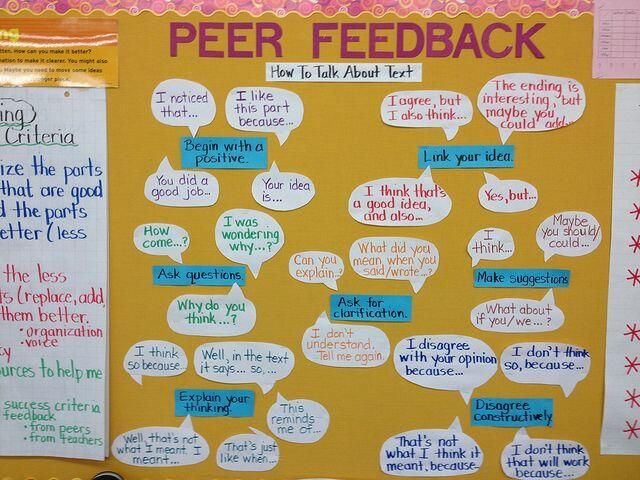 I think you have to be strong if you want to succeed."
I think you have to be strong if you want to succeed."
Jayne Coleman
Jayne Coleman is Principal of the Jayne A Coleman Academy of Dance in Berkshire, England, a qualified RAD ballet teacher and ISTD modern & tap teacher up to Advanced 2 level. Jayne has toured and choreographed extensively in her own professional career, and has a wealth of experience in both performing and teaching dance. JACAD pupils are All England National Champions, Dance World Cup gold medallists, and regularly perform on TV and at high-profile events including the Dance Proms at the Royal Albert Hall. Many graduates of JACAD have appeared in the West End and abroad in shows including Wicked, We Will Rock You, Cats and Mamma Mia, as well as working for dance companies such as Matthew Bourne's New Adventures, for theme parks including Disney and Universal Studios, and on cruise lines including P&O and Royal Caribbean. For more information about the Jayne A Coleman Academy of Dance, visit the website here.
For more information about the Jayne A Coleman Academy of Dance, visit the website here.
Daisy Oldland
Daisy Oldland is a student teacher currently undertaking her Royal Academy of Dance teaching qualifications with Jayne's guidance. Daisy has performed extensively across the UK and abroad, including with luxury cruise liners Cunard, and with celebrated dance troupe The Tiller Girls. Daisy was a pupil at JACAD before returning to undergo her teacher training with Jayne, and she says, "I have learnt so much from Jayne, so so much. It’s been so lovely to work with such an experienced teacher."
Interviews & Article by Emily Newton-Smith
Photographs by Emily Newton-Smith
Bio Photographs supplied
Read More:
Dance Stories: Louise Callin and the challenges of opening a studio on Waiheke Island, NZ
Meet the women behind the Atelier Collection
Pathways to Teaching Dance: The Australian Dance Teaching Industry
Teachers, Advice + TipsEnergetiksdance teachers, dance teaching, teachers, Dance Teacher Advice, dance students, dance studios, dance classes, Emily Newton-Smith3 Comments
0 LikesFive Qualities of Extraordinary Dance Teachers
What makes a good dance teacher? Dance studios are filled with instructors.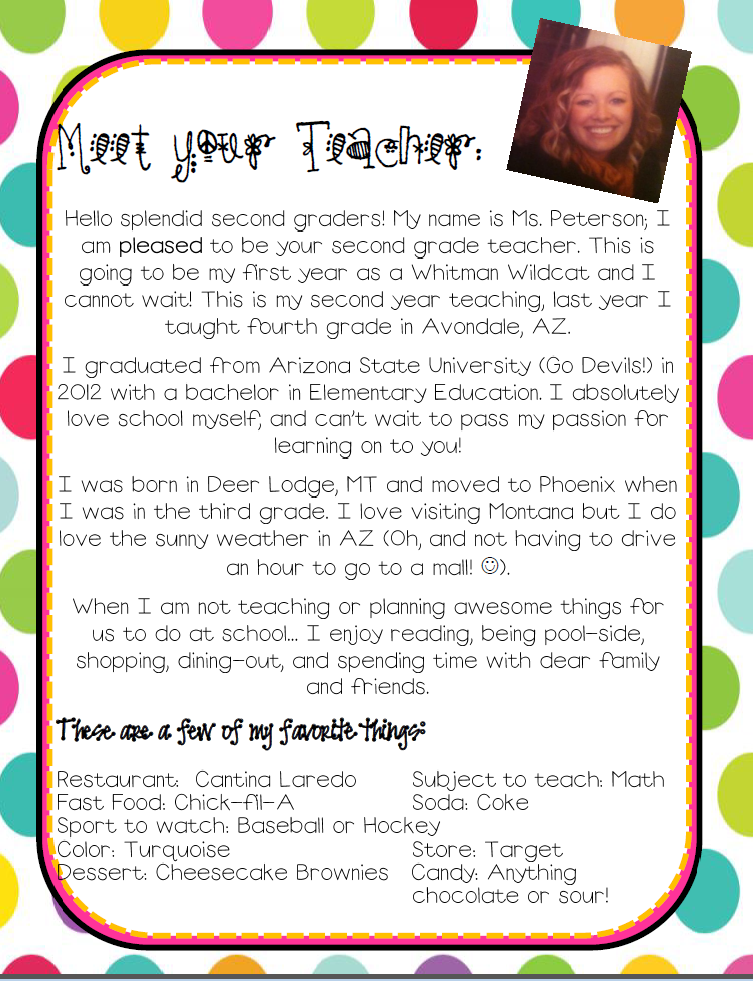 While many people have the skills and aptitude for teaching, here are five qualities of a good dance teacher that set some apart and make them extraordinary instructors.
While many people have the skills and aptitude for teaching, here are five qualities of a good dance teacher that set some apart and make them extraordinary instructors.
It’s one thing to like dance, but it’s another thing to live dance. The same can be said of teaching. When someone really loves what he or she does, it makes the difference in how they go about their job. Instructors who can inspire students are those who are also learning all the time. They watch, listen, and try new things. These instructors have a solid grasp on the art of dance and help instill the same in their students. When the instructor is passionate, he or she knows how to mix important learning with fun, and excitement for the craft. This passion helps drive dancers to be their best and move forward in a balanced way.
PatiencePatience is a virtue, and perhaps the key skill great dance teachers must possess. Teaching can sometimes be overwhelming. No matter what the age level, students typically have a varying degree of skill. Because every person learns differently, there will always be a mix of dancers who move ahead quickly, and others who lag behind.
No matter what the age level, students typically have a varying degree of skill. Because every person learns differently, there will always be a mix of dancers who move ahead quickly, and others who lag behind.
At times, the practice can become taxing. Extraordinary teachers won’t lose motivation and will take the time to adjust to the demands of individual dancers. They also pay attention to the mental and physical well being of students and make sure lessons are age-appropriate.
Being patient during times of multi-tasking and challenges that pop up keeps everyone in the class focused, and leads to success.
ProfessionalismGreat instructors not only look the part, but act the part as well. When a teacher is professional, he or she dresses appropriately, shows up on time, and has a positive attitude.
Being properly organized and always prepared for classes are also qualities of a good dance teacher. This doesn’t just mean having the music and lessons ready. Classes always have one student who is always late, or the student that won’t pay attention. Being prepared for these and other challenges that arise is being professional.
Classes always have one student who is always late, or the student that won’t pay attention. Being prepared for these and other challenges that arise is being professional.
In addition to having good management skills, great instructors have excellent communication skills. They talk to students in ways the students can understand. They are honest, offer feedback, support, and motivation.
A great instructor will be respectful at all times and understand that coming into the studio to teach is more than “just a job.” Dancers need someone to be understanding and flexible. They need a role model in the industry to care about them as individuals, as well as their progression as a dancer. Additionally, instructors who teach younger clients will communicate well not only with the children, but with their parents. Sometimes parental demands can become difficult to navigate. Being professional helps in handling challenging situations.
QualificationsThere are a number of great dancers who decide to become instructors.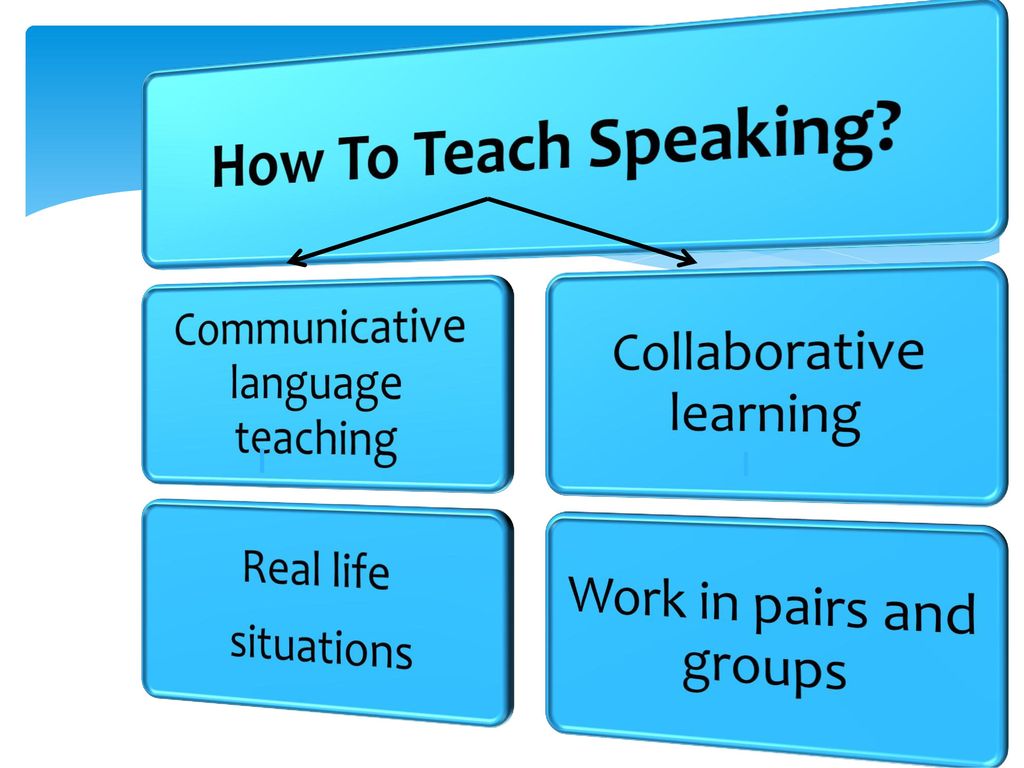 Often studios will hire instructors who have natural talent. But when it comes to what makes a good dance teacher, not every great dancer is automatically a great instructor. While it is not always necessary to hire teachers with certifications, great teachers will go the extra mile in their education. Great instructors are life-long learners who look to improve their own skills. In addition to college programs, dance education can be honed at schools such as Dance Educators of America or Dance Masters of America. Having more advanced credentials in dance helps the instructor be more confident, as well. This increases the quality of instruction.
Often studios will hire instructors who have natural talent. But when it comes to what makes a good dance teacher, not every great dancer is automatically a great instructor. While it is not always necessary to hire teachers with certifications, great teachers will go the extra mile in their education. Great instructors are life-long learners who look to improve their own skills. In addition to college programs, dance education can be honed at schools such as Dance Educators of America or Dance Masters of America. Having more advanced credentials in dance helps the instructor be more confident, as well. This increases the quality of instruction.
Great instructors reflect well on the studio, and can be the reason parents and students refer others. Having a good reputation entails many qualities. Certainly the above mentioned talent, education, patience and professionalism play a part. In time, instructors will develop a good reputation if they understand the role dance education plays in a student’s life. They see that classes are something that help the student—whether child or adult—grow and find enjoyment that may last far beyond the class or the studio. Dance may not be a passion for every student, but may impact students in very positive ways.
They see that classes are something that help the student—whether child or adult—grow and find enjoyment that may last far beyond the class or the studio. Dance may not be a passion for every student, but may impact students in very positive ways.
A great instructor knows how to delicately tread the line of being kind and understanding as well as being strict and demanding as necessary. They develop a very respectable reputation for learning how to walk that line.
Being part of a good dance community and garnering achievements are also a huge impact on one’s reputation. Likewise, the word of an injury or other mishap with a student without being insured can spread like wildfire, ruining a reputation for years. The risk isn’t worth it when comprehensive, inexpensive dance instructor insurance is readily available.
If you are a new teacher, also check out our Guide to Success as a New Professional Dance Teacher.
Photo by Rebecca Siegel under the Creative Commons Attribution 2. 0 License
0 License
where to study, salary, pros and cons
Author: Professional Guide
Updated by
Another name for dance teacher is a dance school teacher or dance studio teacher. It is clear that this is the name of specialists working in a specialized company. But a teacher or dance teacher can be called not only a dance studio teacher, but also a specialist of an educational institution where dances are studied along with other subjects. By the way, the ProfGid career guidance center has recently developed an accurate career guidance test that will tell you which professions suit you, give an opinion about your personality type and intelligence. The profession is suitable for those who are interested in physical education and singing, music (see. choosing a profession based on interest in school subjects). 9Ol000 :
Peculiarities of the profession
Some teachers prefer to work with children, others prefer to work with adults, others can work with both.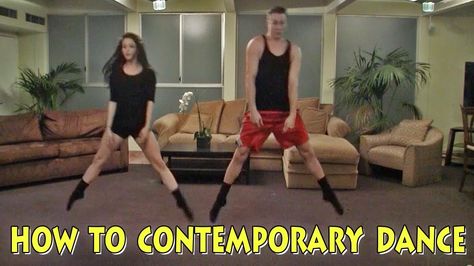 In any case, the task of a dance teacher is to teach their students to move, expressing themselves in dance. However, the higher the level of teaching, the wider the scope of the teacher's activity. It is also commonly believed that the higher the titles he won, the higher his value as a teacher. Also, he often acts as a choreographer: he puts dance numbers for his students when he prepares them to perform on stage.
In any case, the task of a dance teacher is to teach their students to move, expressing themselves in dance. However, the higher the level of teaching, the wider the scope of the teacher's activity. It is also commonly believed that the higher the titles he won, the higher his value as a teacher. Also, he often acts as a choreographer: he puts dance numbers for his students when he prepares them to perform on stage.
The dance instructor may have a preference for a particular dance direction: Latin American, jazz, Irish, etc. For example, on his resume, he might write "Latin teacher" or "Jazz-modern dance teacher."
But that doesn't mean he can't do anything else. On the contrary, the profession of a dance teacher means constant learning and learning. As a spectator, he regularly goes to musicals, dance shows, competitions to watch the performances of his colleagues; attends dance workshops to learn something new for his teaching. Different dance and musical styles, teaching methods, eminent dancers and bright debutants - everything is interesting for a dance teacher.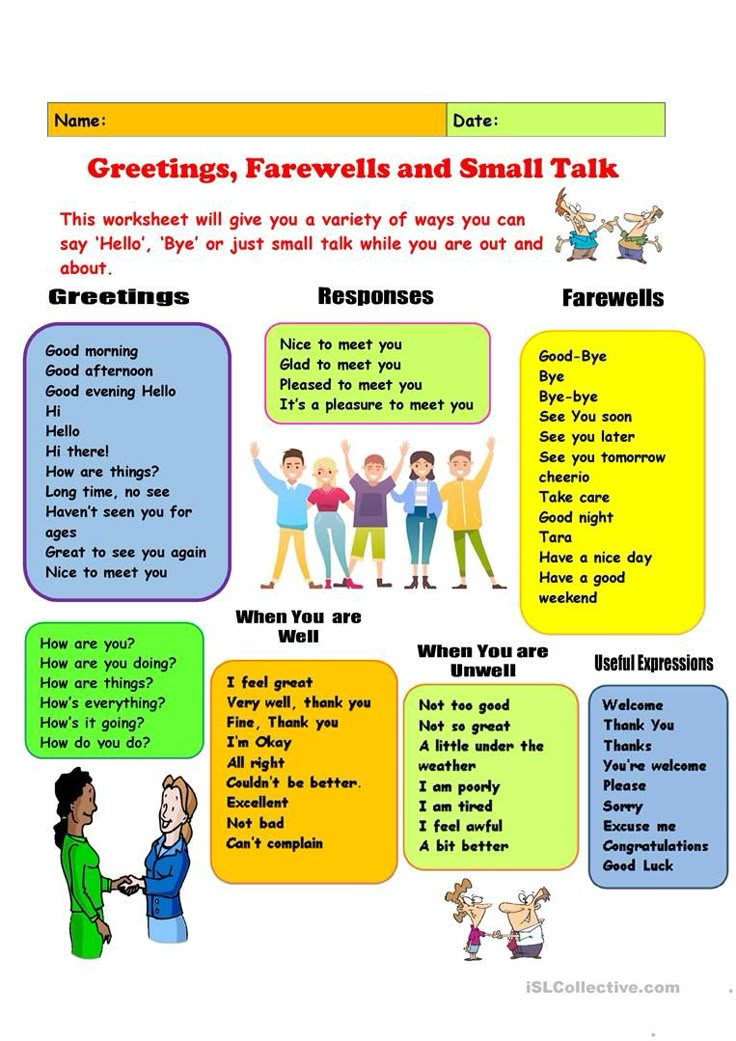
The teacher-dancer tries himself in different genres, sometimes changes his preferences, expands his role. In a word, it is in creative search. Beauty, joy of movement and creativity are the formula that can describe this profession.
Of course, no person can perform on stage until old age. But while studying with students, the teacher maintains excellent physical shape for many years.
This is enough to be able not only to explain, but also to show the dance to his students. Even if performances and competitions are in the past, the dancer remains a dancer who knows and feels the dance from the inside.
Workplace
Dance teacher salary for November 2022
Salary information provided by hh.ru portal.
Russia 18000-70000₽
Moscow 35000-102000₽
A dance teacher can work in a dance school, studio, dance club, fitness center, comprehensive school, university, etc. Many teachers work simultaneously in different places, having time to perform and participate in dance championships.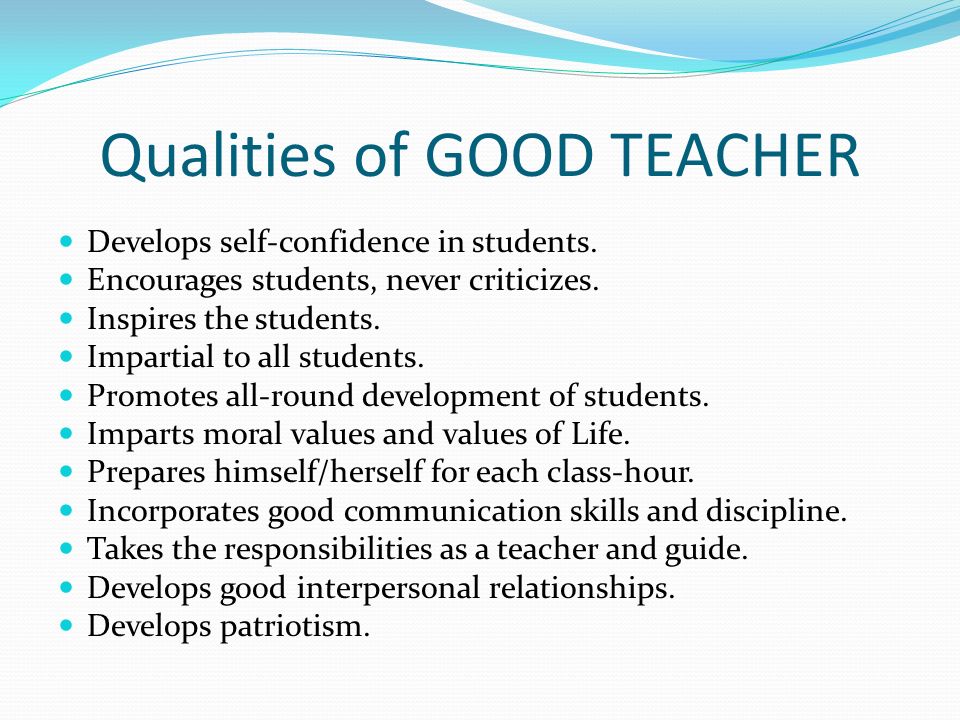 Also, a dance teacher can open his own dance school.
Also, a dance teacher can open his own dance school.
Read also:
Important Qualities
The profession of a dance teacher involves a love of dance, artistry, an ear for music, good physical health, goodwill, patience, leadership qualities, self-confidence and optimism. He should be a sociable person, able to pick up the key to a variety of students.
Knowledge and skills
A dance teacher must be able to dance - this is understandable. But he should also know well the dance directions in which he works, including their history. Be proficient in teaching methods, be able to plan your classes. In order for dancing not to harm the health of students, the teacher needs knowledge in the field of anatomy and physiology. He must be able to competently manage physical activity.
Where to study to become a dance teacher
Most often, dance teachers become dancers who have been trained in dance since childhood. But there are other examples when already adults, having taken a great interest in dancing, reach notable heights and become teachers.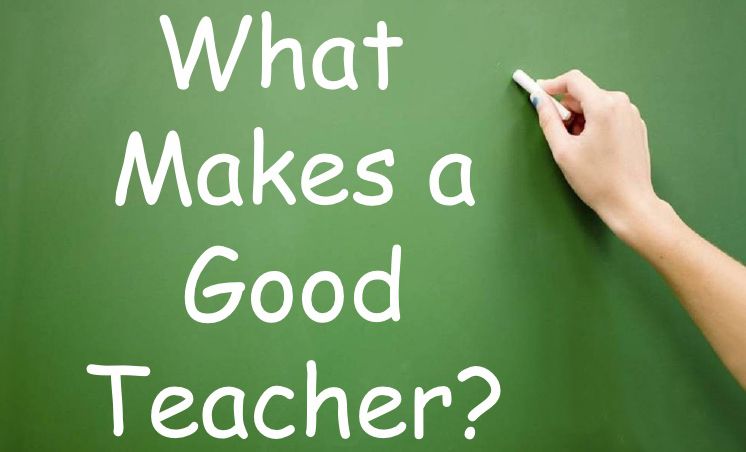 Already having dance training, you can learn new directions of dance. As experts say, you can master some kind of dance style in less than six months, having worked out at a dance school.
Already having dance training, you can learn new directions of dance. As experts say, you can master some kind of dance style in less than six months, having worked out at a dance school.
See also:
Examples of companies with vacancies for dance teachers
How to become the best student in the dance class
Teachers will be the first to tell you that you need much more than just talent to be an excellent dancer. It's clear that you have to work hard in the dance class.
However, did you know that the best students not only work hard, but also demonstrate other qualities? If you want to be the best, pay attention to these 18 tips.
1. Arrive early
Not on time, but early.
2. Come prepared
Everyone can forget something, but the best students prepare for their lesson in advance.
3. Stay alert and collected throughout class
Stay alert and collected throughout class
Eat right and get plenty of rest to make it easier for you.
4. Fix mistakes quickly
Nobody likes to make the same remark over and over again. If you don't understand something...
5. Ask questions and listen to what others ask
Just remember to think before you ask 😉
6. Practice not only in class
Practice builds success.
7. Memorize movements and instructions as quickly as possible
Of course, this skill requires practice, but the best students always try to memorize as quickly as possible.
8. While dancing, think about the next movement
You won't believe it, but this also requires training. Develop your dance intuition by practicing steps 3, 4, 5 and 6.
9. Take notes
Dancers don't always take notes in class, but they do make mental notes to write them down later.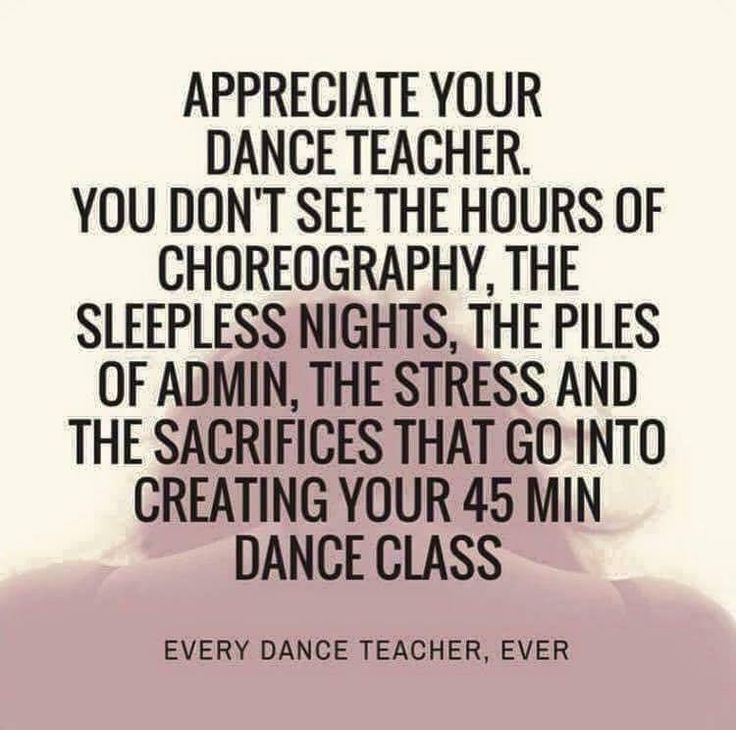
10. Train your body outside of dancing
A dance school is where you develop your dancing skills. To develop greater strength, endurance, and the ability to properly apply your dancing skills, you need to practice other sports outside of dancing.
11. Don't distract others
Yes, you don't have to do that. Know proper dance class etiquette and follow it.
12. Listen to your body
A good student knows his physical limitations and modifies movement so as not to get hurt or disturb others (see point 11).
13. Communicate with your teacher about what is relevant to class
Establish a good professional relationship with your teacher. Stick to the topic and remember points 5 and 11.
14. Trust and respect your teacher
Trust his/her judgment, decisions, methods and knowledge. If you have a reason not to, then find yourself a teacher you can trust and respect.
